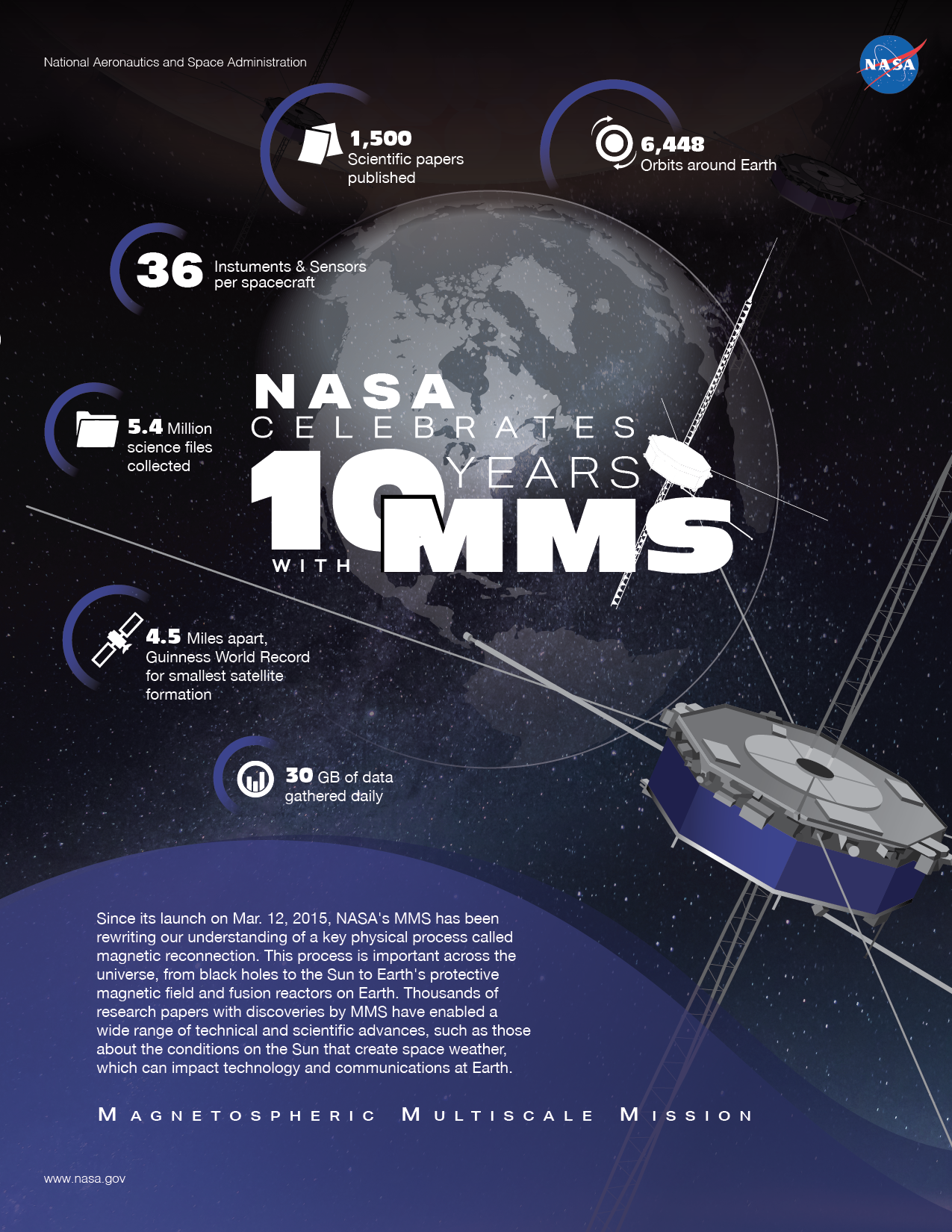Work Underway on Large Cargo Landers for NASA’s Artemis Moon Missions
Under NASA’s Artemis campaign, the agency and its partners will send large pieces of equipment to the lunar surface to enable long-term scientific exploration of the Moon for the benefit of all. NASA’s human landing system providers, SpaceX and Blue Origin, are beginning development of lunar landers for large cargo deliveries to support these needs. […]


Under NASA’s Artemis campaign, the agency and its partners will send large pieces of equipment to the lunar surface to enable long-term scientific exploration of the Moon for the benefit of all. NASA’s human landing system providers, SpaceX and Blue Origin, are beginning development of lunar landers for large cargo deliveries to support these needs.
NASA has contracted SpaceX and Blue Origin to provide landing systems to take astronauts to the Moon’s surface from lunar orbit, beginning with Artemis III. The agency has asked the two companies to develop cargo versions of their human lunar landers as an option under their existing contracts. These cargo variants are expected to land approximately 26,000 – 33,000 pounds (12 to 15 metric tons) of payload on the lunar surface and be in service no earlier than the Artemis VII mission.
“It’s essential that NASA has the capability to land not just astronauts, but large pieces of equipment, such as pressurized rovers, on the Moon for maximum return on science and exploration activities,” said Lisa Watson-Morgan, Human Landing System Program Manager at NASA’s Marshall Space Flight Center in Huntsville, Alabama. “Beginning this work now allows SpaceX and Blue Origin to leverage their respective human lander designs to provide cargo variants that NASA will need in the future.”
NASA expects the cargo versions of the companies’ landers to be modified versions of the human landing systems currently being developed for Artemis III, IV, and V. Modifications will include adjustments for payload interfaces and deployment mechanisms, and the cargo variants will not have human life support systems.
This initial work allows the companies to proceed with development for their cargo landers through a preliminary design review, the step that establishes the basis for proceeding with detailed design. SpaceX is conducting its work under the NextSTEP Appendix H contract, and Blue Origin is conducting its work under NextSTEP Appendix P. NASA officially exercised the options under those contracts in November 2023 to begin work on the large cargo landers.
With Artemis, NASA will explore more of the Moon than ever before, learn how to live and work away from home, and prepare for future human missions to the Red Planet. Artemis requires the best of international space agencies, private industry, and academia to establish the infrastructure for long-term scientific research and exploration. NASA’s SLS (Space Launch System) rocket, exploration ground systems, and Orion spacecraft, along with the human landing system, next-generation spacesuits and rovers, and Gateway lunar space station are the agency’s foundation for human exploration deep space.
For more information about Artemis, visit:
What's Your Reaction?



















.jpg?#)































